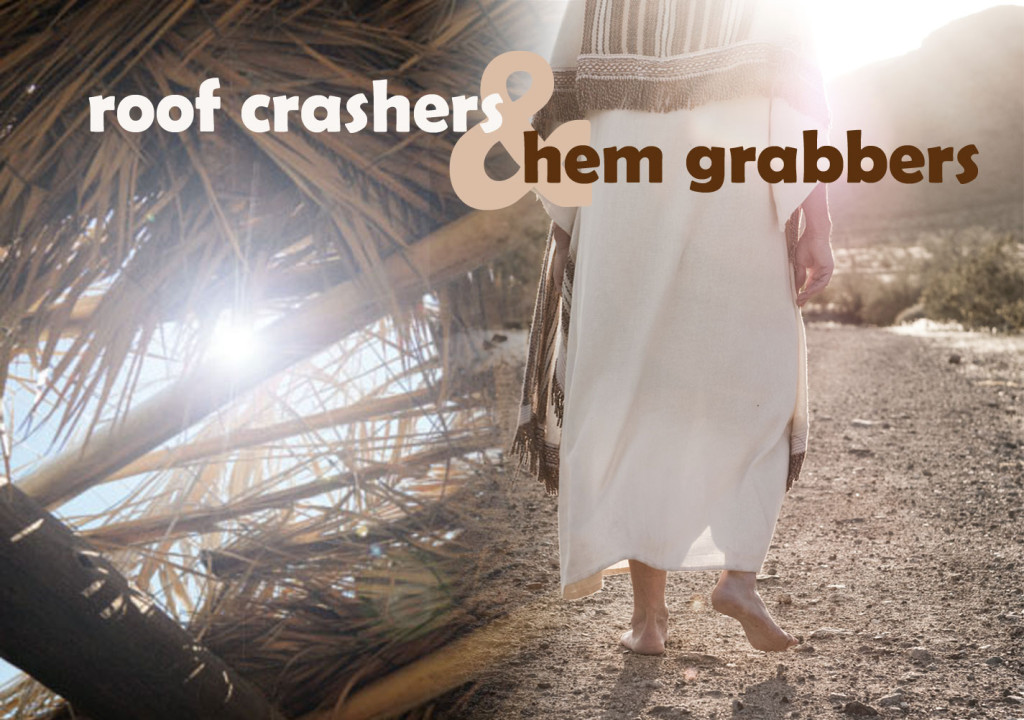1789: Idols and Identity
How do we communicate to ourselves and to the world who we are as a community?
As we think about this question, we notice an interesting intersection between our passage from Exodus and our use today of the 1789 Book of Common Prayer for our worship.
The 1789 BCP was the first prayerbook by Americans, for Americans.
Many of the founders of our republic were Anglicans, including George Washington, and they quickly realized that they needed ecclesiastical independence along with political independence. Church leaders began convening in 1785 to compile a new prayerbook.
The American Revolution had ended two years earlier, in 1783. The new nation was now at peace, but had to create its own economic and political stability.
The Constitutional Convention in Philadelphia would not convene until 1787, and the constitution would not be ratified and go into effect until 1789.
So for those who were involved or affected by all three events, it went in the following order: war, prayerbook, constitution. Interesting.
So what we have is a people in violent crisis, trying to escape from what to them was a foreign oppressor in Great Britain.
That’s a situation not unlike the Israelites in our Exodus text today.
They have been delivered from enslavement, but have found that their troubles are only beginning.
They need something to unify them, something to express their identity, something to say who they are now that they are free.
For American Anglicans, that was the new Book of Common Prayer, the very one we’re using today.
For Americans broadly, that was the U.S. Constitution.
For the Israelites, as we read last week, that was the 10 Commandments.
These are documents that express identity.
They are documents that prescribe behavior, and by doing so set up a set of aspirations of how we are to live together.
They say who we are by saying how we would like to behave.
But it’s more complicated than that. Continue reading
